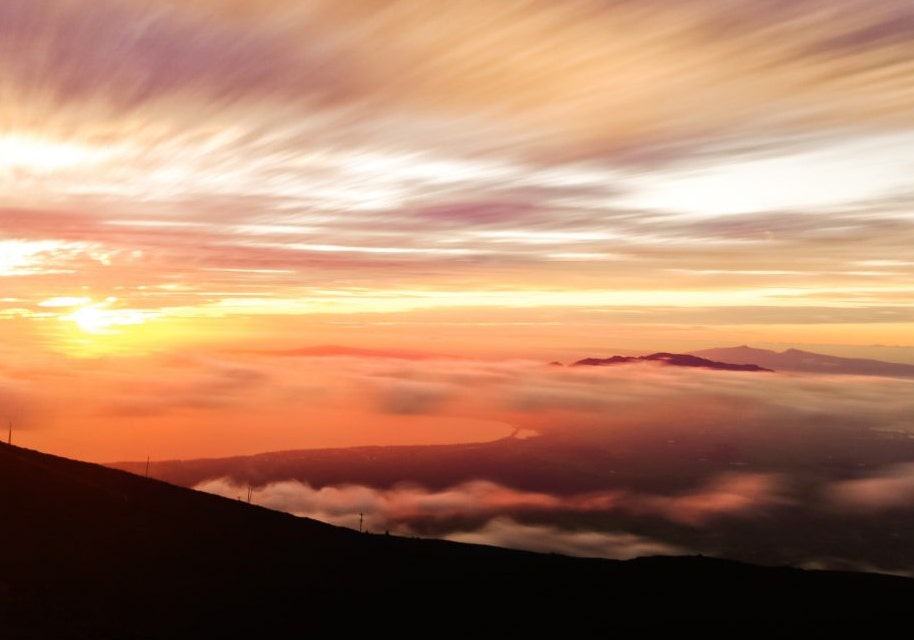
Lighting is undoubtedly one of the most important skills for aspiring photographers to learn in order to take their photography to the next level.
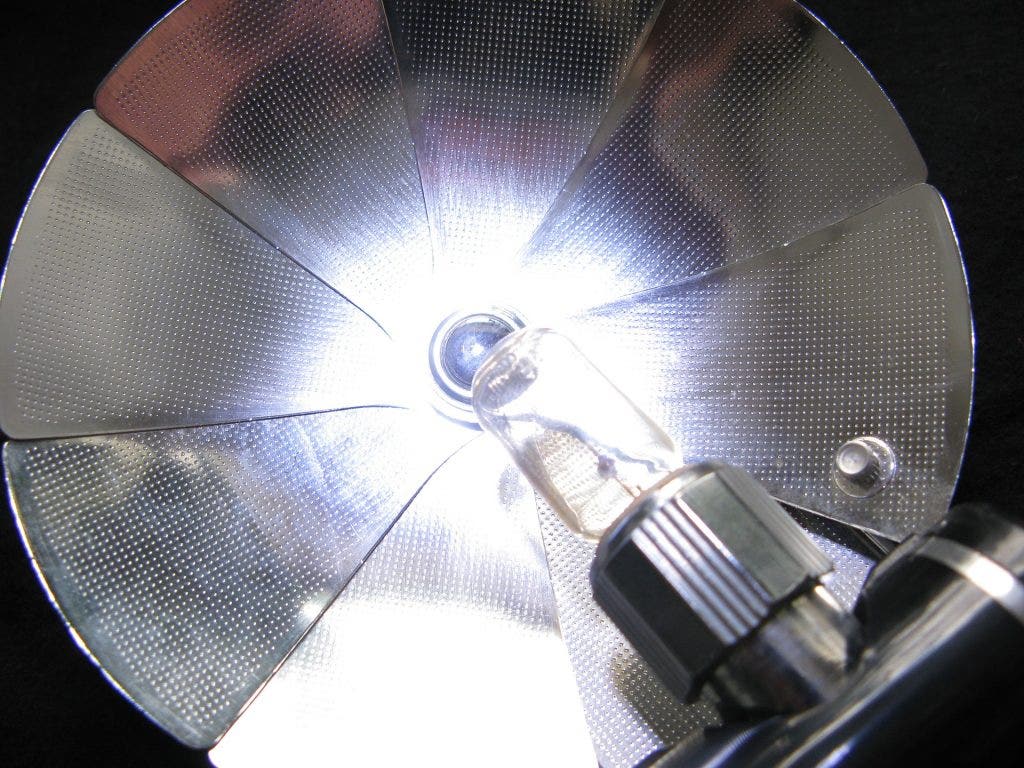
The type of camera lighting will depend on the type of photography you want to take. You can be much more pinpoint and precise with portrait photography, for example, than landscape photography, where you’re at the mercy of the elements.
However, there are some basic lighting tips you’ll benefit from knowing irrespective of what types of photography you’re into…
Natural Lighting Tips
Don’t Look Back into the Sun
As Icarus found out, there’s such a thing as too much sun. Shooting in a harsh midday sun can cause your images to come out bright and overexposed, not to mention the shadowy, squinty looks you might see in your subjects.
If you’re keen to take some beautiful landscape or travel photos, wait until the light softens a bit. Early morning and late afternoon are great times to take pictures. The low angle of the sun causes pictures to become warmer, softer and more radiant. They don’t call the time right after sunrise and before sunset as the Golden Hour for nothing, as evidenced in this photo:
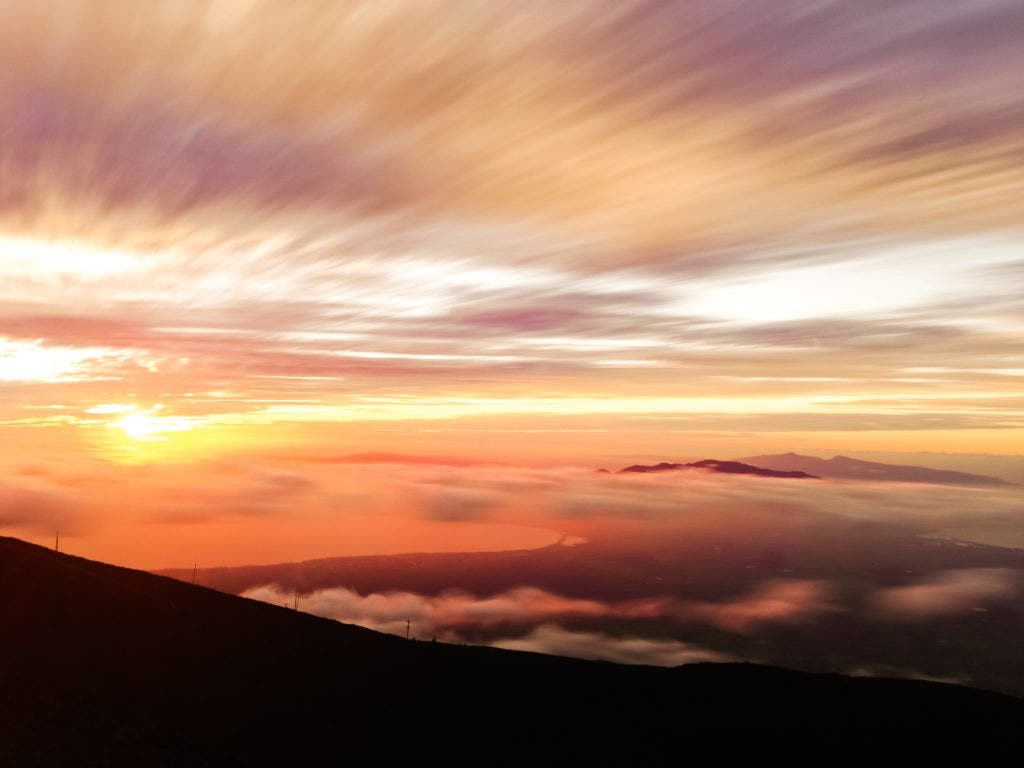
Embrace the Clouds
A lot of us grumble about overcast days. But far from being depressing and boring, cloudy days are a photographer’s best friend. The soft light captured in your image helps your subject look natural, vibrant and relaxed.
Clouds have the added benefit of creating drama to your photo if they’re in shot. A blue sky is picturesque and has appeal too but clouds can add real beauty and texture.
Adjust Your Camera Settings
The good news about modern camera technology is that you can adjust the lighting a lot purely through your camera settings.
Shutter speeds
Often, photo enthusiasts will discuss altering shutter speeds to give moving objects a nice blurry motion effect. But your shutter speed setting also dictates brightness.
The quicker your shutter speed rate, the darker your photo. For example, setting your shutter speed to 1/1000 will significantly darken your photos. Conversely, a shutter speed rate of 1/20 or so will produce a bright glare. Here, the photographer has deliberately slowed down their shutter speed to amplify the dark, moody shoreline:
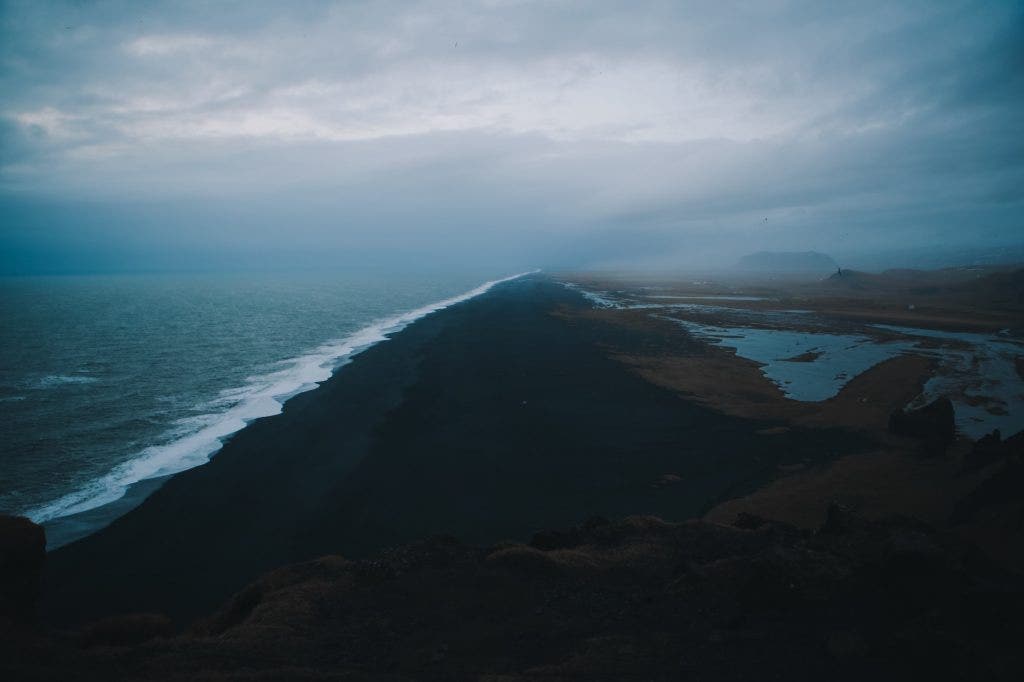
Fill flash
If you’re struggling with sharp shadows on a bright day or in a bright room, try turning on your camera’s fill flash function. Once on, your camera’s built-in flash will lighten up the dark parts of your photo subject to make for a much-improved outcome.
Not all cameras have this capability and not all cameras have an adequately powered flash to make huge improvements. If this is the case, and you would like to do a lot of dark, night-time photography, consider adding a flashgun to your camera kit bag.
Aid Lighting with Accessories
Use umbrellas to bounce soft light
Reflecting some of the harsh flash off a white or silver surface is a trick oft used by portrait photographers, both as a secondary light source to even out shadows and to soften the light’s intensity.
For pictures indoors, think about getting a professional umbrella for your photo needs. The umbrellas are generally designed with a black exterior to block out unwanted light and silver or gold inside to reflect a natural, warm light back every time.
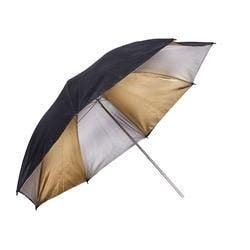
Or, if you want to DIY, try using painted cardboard, a whiteboard, tin foil or polystyrene sheets. Outdoor options are more limited but a light-coloured wall is a good place to start.
Use plastic or tracing paper over the flash
An alternative to the sometimes-bulky umbrella or reflector accessories is a transparent plastic or tracing paper style flash diffuser. This accessory goes over your flash and causes the light to be softer and your photo to have less prominent shadow markings.
We hope this has helped you understand a few of the basic camera lighting tactics. Get more camera and photo insights on our blog or browse our latest selection of camera lighting accessories here.
